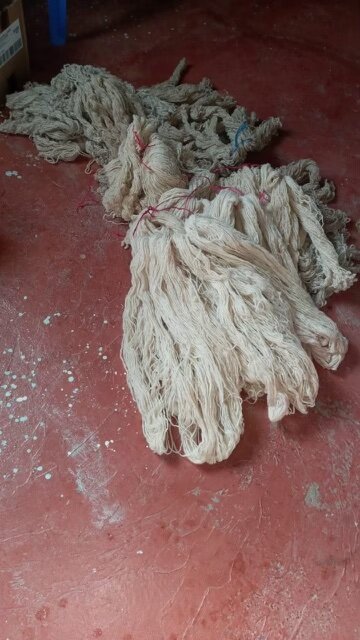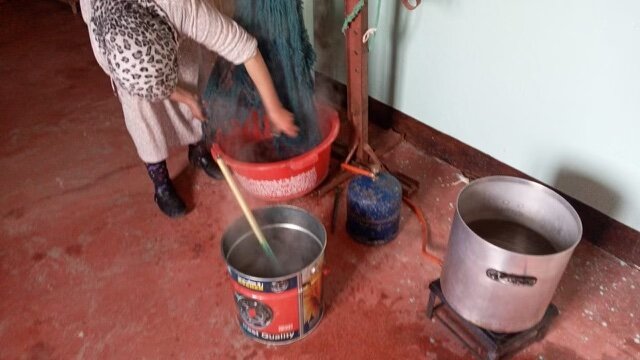Gathering Material
The process of handcrafting Moroccan rugs begins with collecting the necessary material. A common material Moroccans use to handcraft rugs, carpets, or tapestry is wool. Cotton is also typically used in the rug making process. The wool can be purchased from merchants selling their stock or sheared directly from sheep.
Cleaning And Drying
After the wool has been acquired, it has to be cleaned. The Amazigh women will take the wool to a nearby river to wash it in the flowing water and beat it with rocks and sticks repetitively to clean it.
From there, the wool is placed on drying racks or on top of the roof of the house to sun dry. The length of time to dry can vary depending on the mood of the weather. In ideal conditions, the drying process will take 2 days.
Threading
After drying, the Amazigh women use handmade combs to untangle and separate the wool. While the wool is being combed, the women use spokes made out of bicycle wheels to thread the material.

Dyeing
The threads are then dyed. The dyes are made from extracted spices like cinnamon, paprika, saffron, turmeric, and vegetables and fruit skins like pomegranate to get different hues. To get an orange color, the threads are boiled in hot water with iron metal pieces. The dye process creates unique shades of color that adds to the distinctiveness of each finished rug.
At completion of the dyeing process, the rug is sun-dried. When the threads are dried, the threads can be used to make rugs.


Looming
The rug making process is a collaborative effort by a team of Amazigh women working together to set the loom, weave, knot, or thread, and cheer each other on. It can be characterized as a spiritual moment as well; the room where the women make the rugs is filled with prayers, songs, and love.
The length of time to complete a rug can take up to 7 to 8 months depending on the size and complexity of the design.

